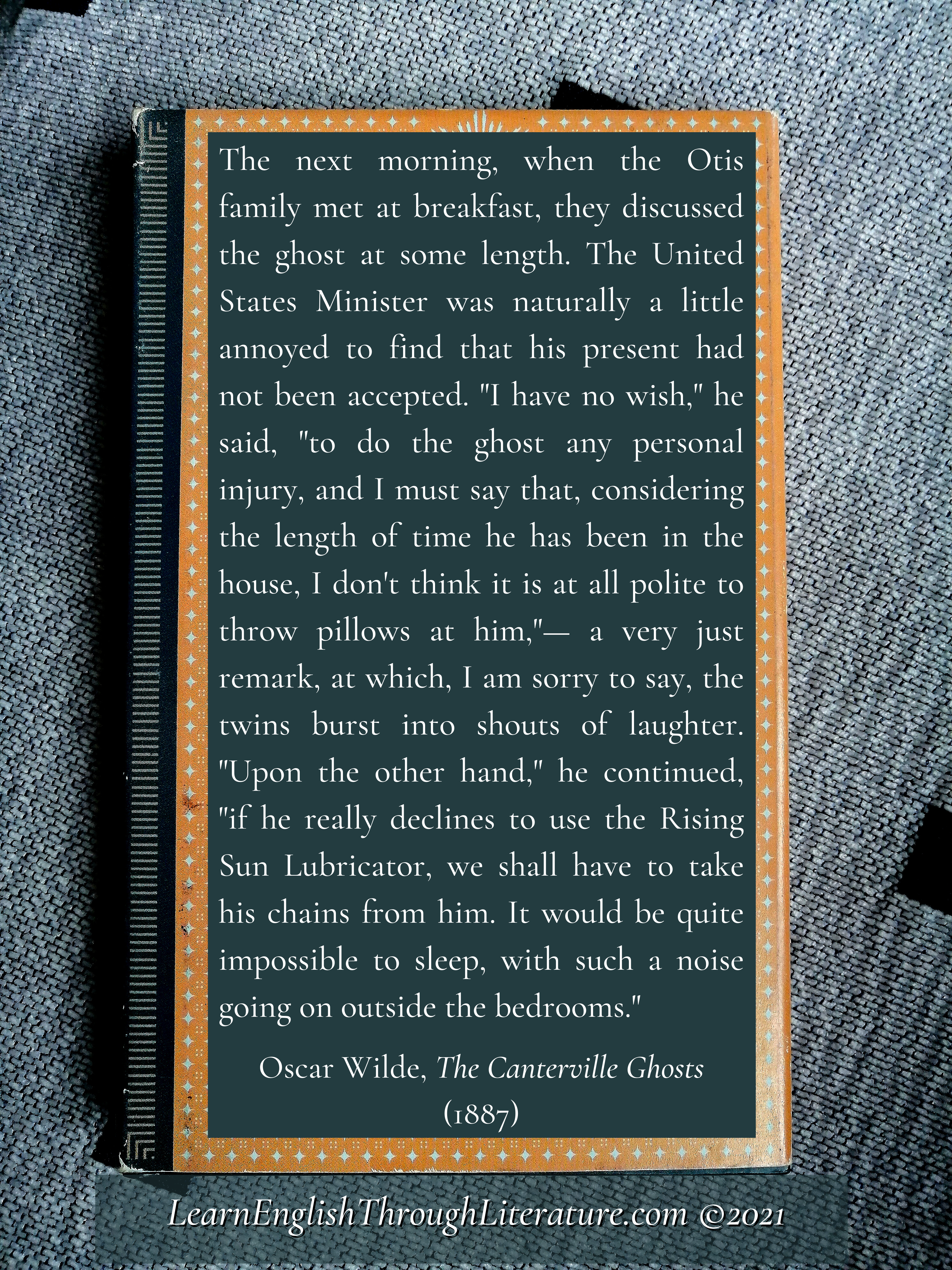This is Part 2 of our complete Lesson in which we look at
- past perfect verb form + adverbs
- past participles + infinitives
- present participles + infinitives
- simple past tense + 2 infinitives
- 2 simple past tense constructions in a row
- 2 different verb forms (simple past + present participle) in a row
…
📝 # PAST TENSE AND 2 INFINITIVES
I expect you are familiar with the construction ‘simple past tense + infinitive’:
e.g., ✒️ ‘she tried to read the book’, or,
✒️ ‘I travelled to see the famous landmark.’
But what happens when you have two infinitives following a simple past tense conjugation?
For example, if you are telling an anxious friend that she/he should ‘try’ and ‘wait and see’, how do you write it out correctly? 🤔
We have two options, both based on including at least one ‘to’ from the infinitive(s).
✍️ 1. The first and most common option is to write a sentence as ‘simple past’ + ‘infinitive (including to)’ + ‘bare infintive (without ‘to’)’. This is the format that Oscar Wilde chose when he wrote ‘began to try and realize’ below:
📙 ‘On reaching a small secret chamber in the left wing, he leaned up against a moonbeam to recover his breath, and began to try and realize his position. Never, in a brilliant and uninterrupted career of three hundred years, had he been so grossly insulted.’
– Oscar Wilde, The Canterville Ghost (emphasis mine)
Here is another such example from The Canterville Ghost:
📙 And after all this some wretched modern Americans were to come and offer him the Rising Sun Lubricator, and throw pillows at his head! It was quite unbearable. Besides, no ghost in history had ever been treated in this manner. Accordingly, he determined to have vengeance, and remained till daylight in an attitude of deep thought.
– Oscar Wilde, The Canterville Ghost (emphasis mine)
✍️ 2. The second and more emphatic option is to write out the full infinitives (with their ‘to’).
Here is a sample sentence that I have made up that should illustrate this:
✒️ ‘The servant was ordered to hear and to obey.’
…
📝 # 2 SIMPLE PAST CONSTRUCTIONS IN A ROW
What happens when we want to use two simple past constructions (e.g., ‘he said’ and ‘she knew’) together in the same sentence?
✍️ We position in the first place the simple past form that either introduces the idea or gives an opinion, and we position in the second place the simple past verb form that describes the most important action.
e.g., ✒️ ‘He said ¦ she knew the rules.’
👉 Here the most factual part or important action is that ‘she knew the rules’ – it does not matter as much who thinks, says, or knows that she did.
That is why the other simple past verb – ‘he said’ – comes in first place: it simply introduces the main clause idea (‘she knew the rules’).
Here is how Oscar Wilde applied the same principle:
📙 ‘Once he thought he heard something call, and stopped …’
– Oscar Wilde, The Canterville Ghost (emphasis mine)
What is the most essential or meaningful verb here? ‘He heard’, so it is placed in the second part of the construction.
…
📝 # 2 DIFFERENT VERB FORMS (SIMPLE PAST + PRESENT PARTICIPLE) IN A ROW
How do you describe two simulaneous actions that were happening in the past? For example, if you wanted to say concisely that the Canterville ghost ‘went along the corridor’ and ‘was muttering curses’ at the same time?
✍️ As with the principle already just mentioned, we need to identify which verb form is the dominant or most significant one. In this case it is that ‘he went on’. We make sure to conjugate this action in the simple past as it was the decisive action.
✍️ As for the secondary verb form, we treat it more as a subdominant clause in itself and conjugate it as a present participle – an ongoing action that accompanied the main decisive one. In this example below, that secondary verb is written as ‘muttering’ and (as you can see from the use of punctuation) becomes a small clause of its own (‘muttering strange sixteenth-century curses,’), a clause that adds detail to the main action.
📙 ‘Once he thought he heardsomething call, and stopped; but it was only the baying of a dog from the Red Farm, and he went on, muttering strange sixteenth-century curses, and ever and anon brandishing the rusty dagger in the midnight air.’
– Oscar Wilde, The Canterville Ghost (emphasis mine)
Here is another example illustrating the same:
📙 ‘The owl beat against the window-panes, the raven croaked from the old yew-tree, and the wind wandered moaning round the house like a lost soul; but the Otis family slept unconscious of their doom, and high above the rain and storm he could hear the steady snoring of the Minister for the United States.’
– Oscar Wilde, The Canterville Ghost (emphasis mine)
…..
🧐 Keep an eye open for these kinds of constructions whenever you read anything in English!
I am sure you will notice plenty instances of them, and as always, if you need a bit more guidance and support, I will be happy to help you through a once-off or more individual lessons (you can contact me via the home page contact form). 😊




